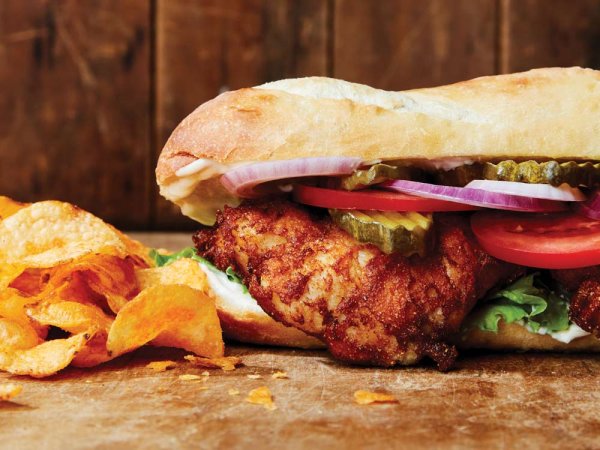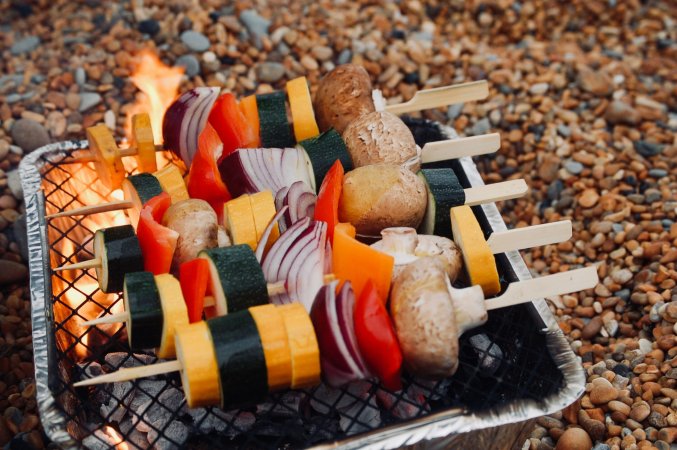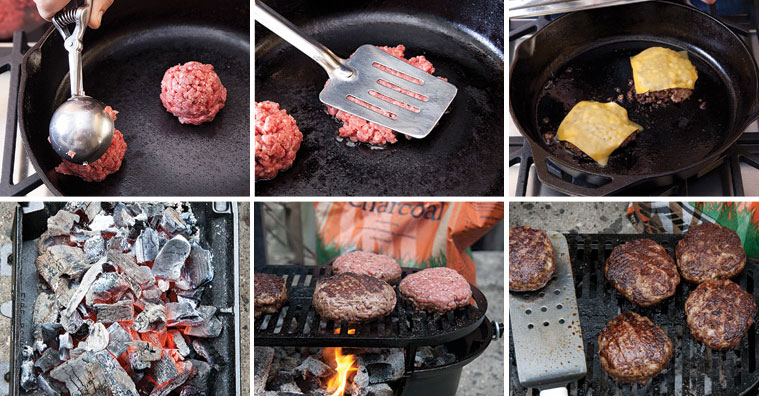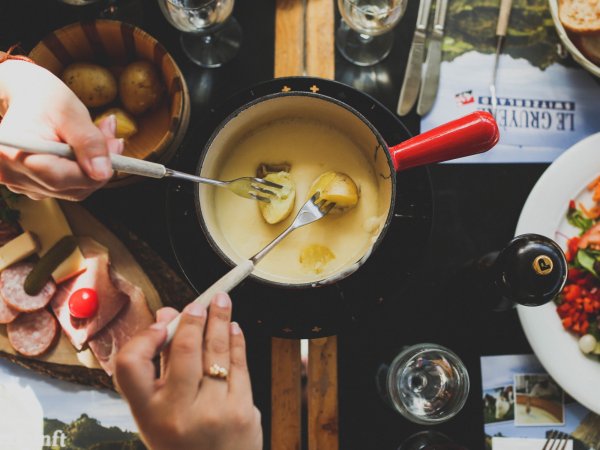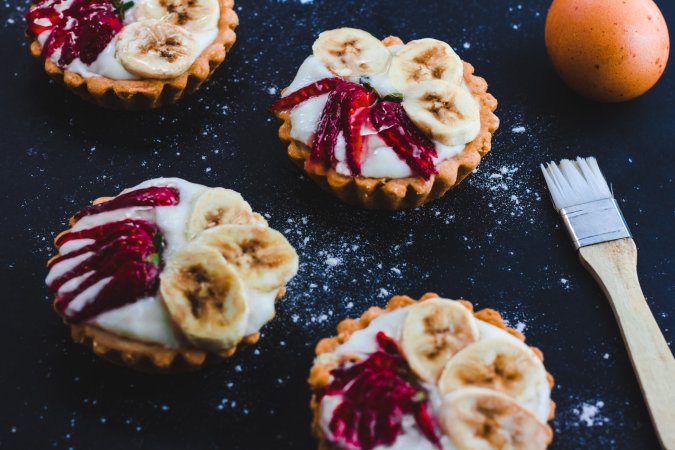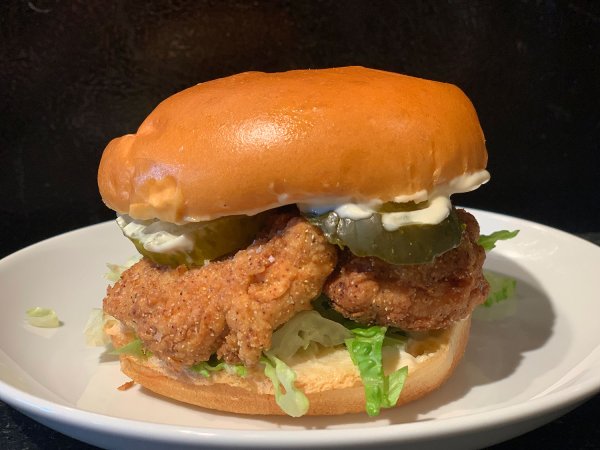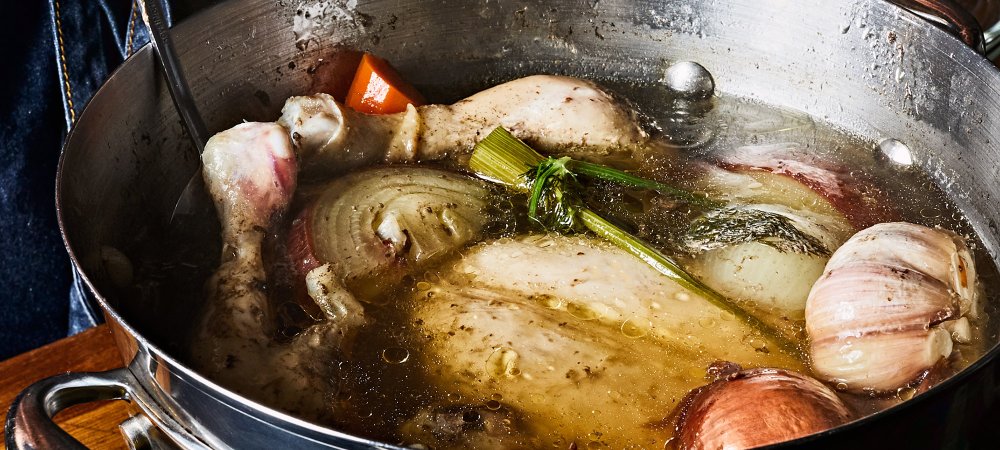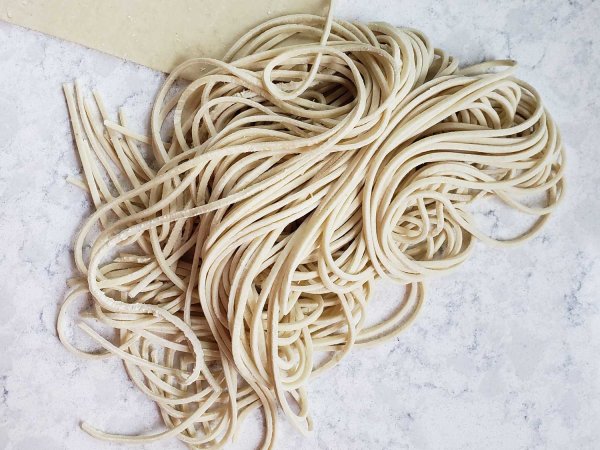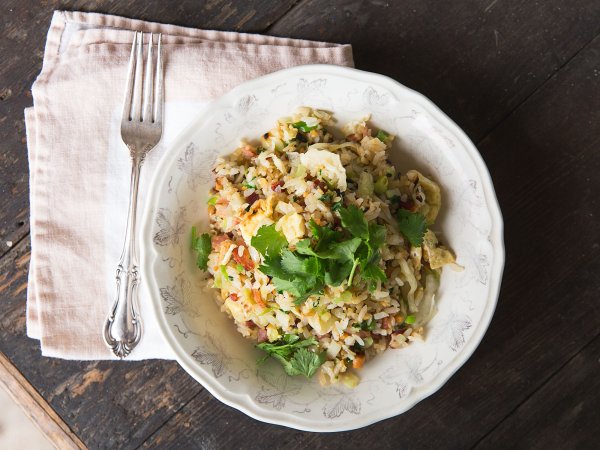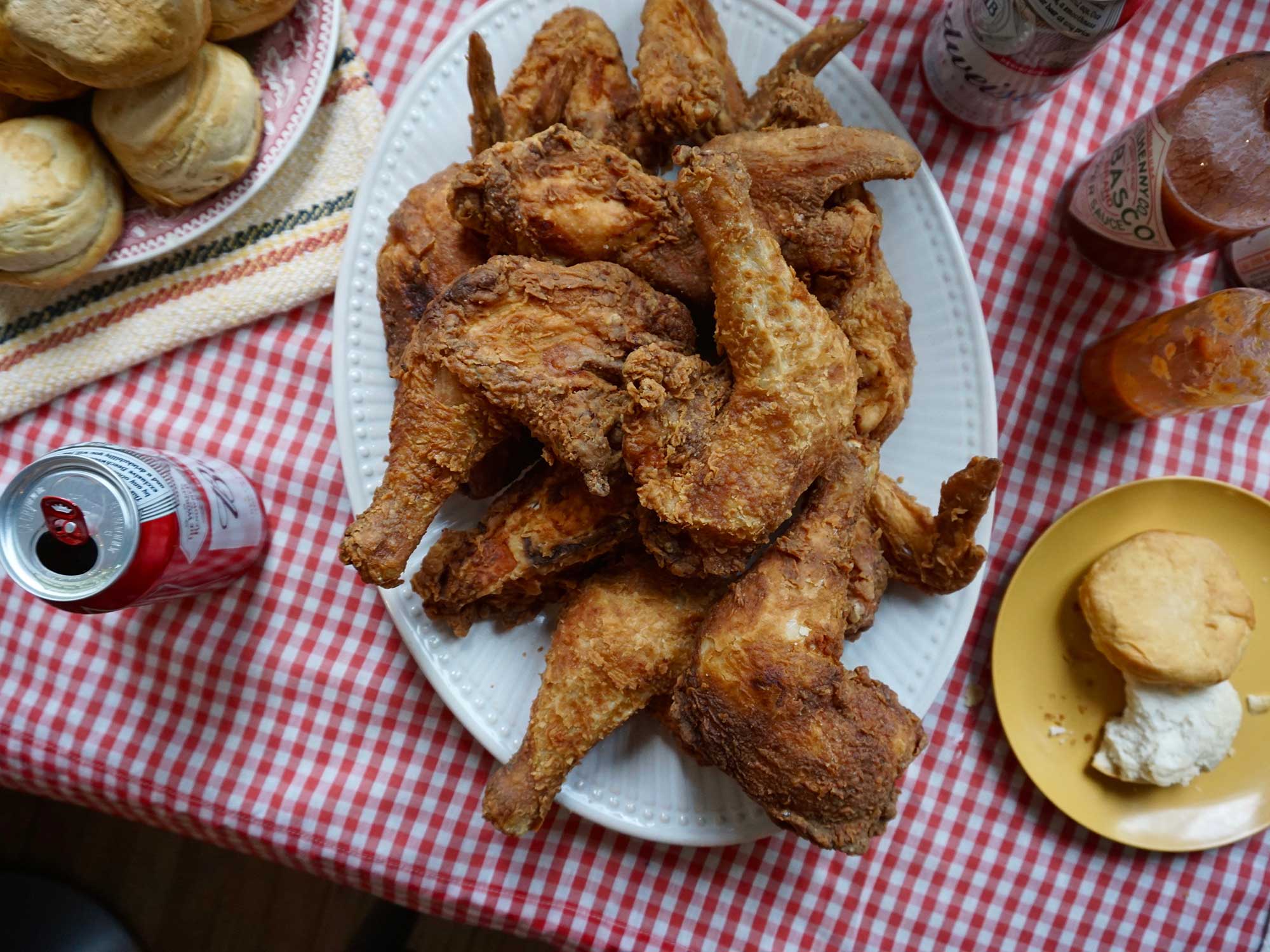

This story was originally featured on Saveur.
Just about everyone loves fried chicken. Crispy breading and skin blanketing tender, juicy meat—what’s not to like? The dish is one of those very special recipes that is far greater than the sum of its (very minimal) parts, and because of that, a fog of conflicting advice surrounds it.
Sous vide the meat first? Brine it? Or soak it buttermilk? Cornmeal in the breading? What about breadcrumbs? Spices? And so on.
Pretty much every country fries chicken, and each includes its own familiar, native seasonings and techniques. Home cooks and chefs from around the world contribute plenty of their own style and seasoning to the frying technique. Korean recipes coat twice-fried chicken in a sweet and spicy gojujang sauce while Hawaiian cooks with Japanese heritage often coat chicken in rice flour or sweet potato starch before frying and serve the extra-crispy pieces with soy-based sauces. Chicken schnitzel—a popular Israeli comfort food—is a boneless chicken breast, pounded thin and breaded with flour, eggs, and breadcrumbs, then shallow-fried until crispy.
Here in the US, where fried chicken is especially huge in the South, cooks from every region and state put their own touches on their fried chicken recipes. They typically include flour, milk, sometimes eggs, and bone-in chicken pieces (breasts, thighs, drumsticks, wings), and are often cooked in oil or lard. But Nashville hot chicken is cooked then coated in a spicy chile oil or hot sauce breading. Louisiana cooks may add Cajun flavorings like garlic and onion powder, celery salt, paprika, and cayenne. And South Carolinians are purists, keeping it simple with a coating or two of flour, some buttermilk and salt.
Buffalo wings, which are said to have originated in a bar in upstate New York—are coated in hot sauce and butter, and have become a beloved staple in sports bars and Super Bowl parties throughout the country. And even regions like California, Kentucky, Indiana, and Hawaii are slowly developing their own state influences.
Those of us lucky enough to live near a great fried chicken place could just forgo the oily mess and leave the deep frying to the restaurants. Frying chicken—deep frying anything, really—is a bit of a project, involving discarding the vats of oil properly, and sometimes a little lingering scent. (Frying chicken in an air fryer could help save some mess.) But it doesn’t need to be complicated. In fact, one of our simplest Southern-style fried chicken recipes has gotten rave reviews from our readers. After the Saveur team spent a crispy-chicken-fueled week in Memphis for our Blog Awards, we decided it was time to revisit the old classic.
How to make amazing fried chicken
1. Season the dredge
First things first, season the flour well with plenty of salt and, if you like, freshly ground black pepper. Do not hold back here. In any simple, classic recipe for Southern fried chicken, the only seasoning happens during the breading step. An adequate amount is crucial to fried chicken that is perfectly nutty, juicy, and savory. If the flour doesn’t taste salty, it needs more salt.
2. Choose the right fat
For ages, fried chicken in the south was largely cooked in lard. But today, cooks usually choose between that and a neutral oil. Before you bread the chicken, add a neutral flavored oil (we like peanut, canola, corn, or sunflower) to a depth of 3 inches in a large, deep Dutch oven. When selecting an oil to fry your chicken, go with one that has a neutral flavor and a high smoke point. Once an oil reaches its smoke point, it begins to break down and will affect the flavor of the food you’re frying. Since we’re frying the chicken at around 325°F, choosing an oil with a smoke point at or above 400°F gives us plenty of wiggle room to account for temperature spikes. Set the pan over high heat, insert a deep-fry thermometer, and allow the oil to preheat to 325°F while you bread the chicken. Regulate the heat as needed to maintain the temperature.
3. Bring the meat to room temperature
Set the chicken out for 20–30 minutes before dredging and frying to come up to room temperature. This is more important than it seems because it helps ensure the chicken cooks evenly. It will also prevent the breading from overcooking before the meat is cooked through.
4. Bread just before frying
Breading the chicken too early will cause the flour to get gummy, potentially leading to soggy chicken post-frying. As the oil heats up, bread the chicken pieces by first dunking one in the egg and milk mixture and then into the flour mixture. Be sure to shake off the excess flour before cooking so it doesn’t crowd or linger in your oil, eventually burning.



5. Don’t overcrowd the pot
Placing too many pieces of chicken in the hot oil will cause the temperature to drop, altering the cook time and consistency of results. Fry the chicken in batches. The number of pieces will be dependent on the size of your pot and the size of your chicken pieces. If you’re in a hurry, use a second pot.

6. Pay attention
It takes 15–20 minutes to cook the chicken through, but that doesn’t mean you should walk away and abandon the stove. Depending on your equipment, the temperature can spike quickly, affecting the cook time and finished product. Be sure to use an accurate thermometer and check the oil temperature every few minutes, regulating the burner as needed.

7. Serve promptly
When the chicken is cooked through and the breading is golden brown, use metal tongs or a spider skimmer to transfer to a paper-towel-lined heat-resistant tray or platter. Let the chicken rest for 5 minutes before serving. Resting the chicken allows the juices to settle and the proteins to finish cooking through, resulting in tender, moist meat. Serve the chicken hot and fresh out of the fryer, room temperature, or even cold.

8 Consider extras
If you’re lucky enough to escape the frenzy of hungry friends and family with leftovers, stick them in your refrigerator. While delicious cold, it’s also easy to reheat fried chicken. To maintain its crispy exterior and juicy meat, let your chicken come to room temperature for 30 minutes before reheating. Place the chicken in a single layer on a wire rack over a baking sheet, and bake in a preheated 400°F oven until the meat is heated through, 14–18 minutes for breasts and 8–12 minutes for wings and legs. Or, just plop the pieces back in a pot of fresh 325°F oil until hot oil and crunchy.




